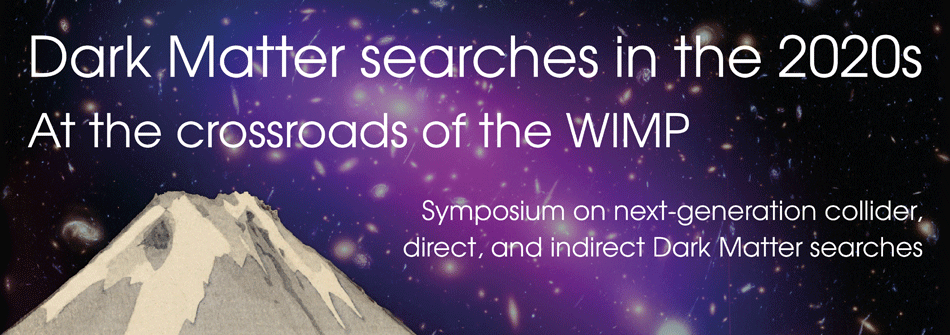Speaker
Description
The lambda cold dark matter model is the standard paradigm of structure formation in the universe. However, there is a discrepancy known as the “cusp–core problem” in the mass–density distribution of a dark matter halo (DMH) between theory and observation. We investigate the dynamical response of DMHs to recurrent starbursts on the formation of less massive galaxies to solve this issue. In the early epoch of the galaxy formation, the cycle of expansion and contraction of the interstellar gas driven by the stellar feedbacks leads to a recursive change in the gravitational potential of the gas. The eccentricity of the DMH particles around the centre becomes large by this change. Then, the system expands, and the core scale increases due to the oscillation process. Finally, the DMH then reaches the new quasi-equilibrium state. Our simulation shows that the energy transport by the overtone components contained in the periodic oscillation of the potential change strongly influences the inner slope of the mass–density profile of the DMH. We conclude that the resonance between DMH particles and the density wave excited by the oscillating potential plays a crucial role in understanding the physical mechanism of the cusp–to–core transition of DMHs.
Affiliation
University of Tsukuba

